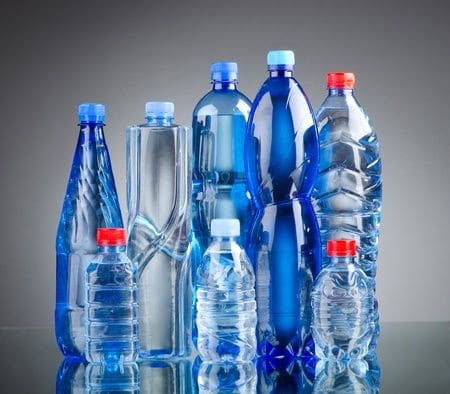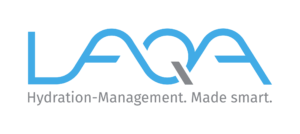
It’s the bottle that counts: healthy water drinking
As the Stiftung Warentest has repeatedly confirmed that many mineral waters are not necessarily healthier than tap water. One of the aspects that plays an important role here is the type of bottle in which the water is sold. Reusable bottles are the better choice in purely ecological terms. Glass bottles offer health benefits. Plastic bottles may be easier to handle, but they are often dangerous. In the 2016 summer test, Stiftung Warentest once again found unnecessary harmful substances in PET bottles from conventional mineral water manufacturers, some of which are attributable to the packaging. The potential risk of residues in mineral water from PET bottles has been known for several years.
The PET bottle – what’s behind it?
Currently, for every five mineral water bottles sold in Germany, four are already sold in PET bottles. The abbreviation PET stands for polyethylene terephthalate. Chemically speaking, the plastic belongs to the polyesters.
There is no question that bottles made of this plastic are easier to handle, less likely to break and much lighter to carry in a shopping or sports bag. In addition, glass bottles are not permitted in most sports facilities. But if you take a closer look, the bottles are often not entirely safe for the consumer and are ecologically questionable. The production of plastic requires a lot of energy and is based on crude oil.
After all, returnable PET bottles are fed back into the cycle and can be refilled up to twenty-five times. However, returnable glass bottles can be filled around twice as often. Disposable PET bottles, on the other hand, are recycled. Here again, the energy requirement is very high.
If plastic bottles are carelessly thrown away, nature will have difficulty breaking them down over centuries. In addition, pollutants are released from the plastic and get into the water. In the long term and with frequent consumption of mineral water from most PET bottles, this has a negative impact on health.
Migration of harmful substances from PET bottles
The mode of action of most of the ingredients in plastic has not yet been fully researched. In the majority of mineral waters sold in PET bottles, various hormone-like substances or specifically the hormone oestrogen have been detected. Although the quantities in individual bottles are often still harmless, the long-term effects cannot yet be assessed. The oestrogen content in mineral water from plastic bottles is about twice as high as in water bottles made of glass. This shows that groundwater contamination from animal fattening, industry or private sewage cannot be to blame for the value.
Hormone-like compounds are usually used as plasticizers in plastic to make the bottles more flexible. The best known and already relatively well researched is bisphenol A BPA, genauer „4,4'-(1-methylethylidene)bis(phenol)“, ist im Handel als weißes Pulver mit einem Schmelzpunkt von 158°C.... To prevent unwanted substances from being released from the PET bottle, juice should not be poured into the bottle. The acid from other drinks can dissolve substances from the bottle. Hot rinsing should also be avoided with PET bottles. Hot rinsing can also cause unwanted substances to dissolve. Thinner PET water bottles can also shrink due to the heat. On the one hand, this makes them unusable. On the other hand, the deposit machine usually no longer accepts them. Some manufacturers have already dispensed with these plasticizers in their plastic bottles. Unfortunately, however, this criterion is not stated on the label of the bottle in stores.
Healthy and ecological alternative
Mineral water from glass bottles or tap water are clearly the better solution in terms of health and environmental aspects. There are now a large number of suppliers offering reusable plastic drinking bottles without plasticizers. They are a good alternative, especially when traveling, doing sports or for children. There are also suppliers of refillable glass drinking bottles who offer protective sleeves. So drinking can be healthy and ecologically sound.
